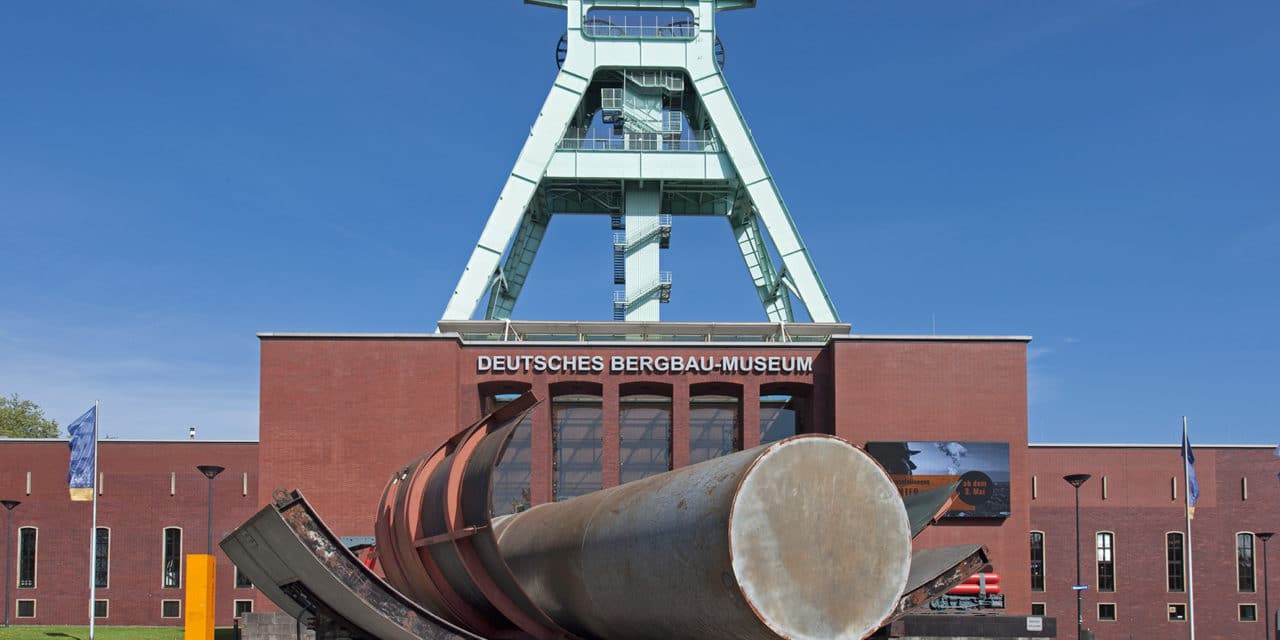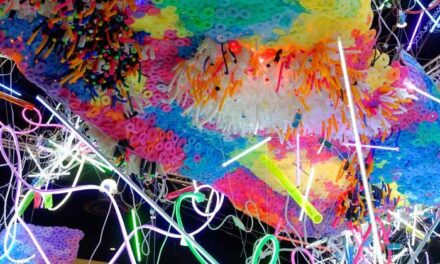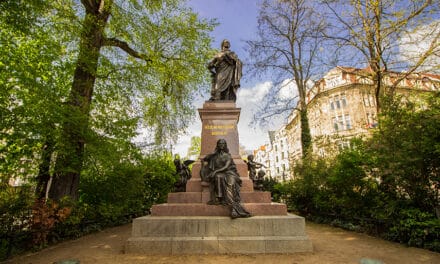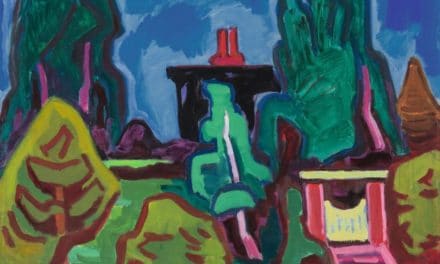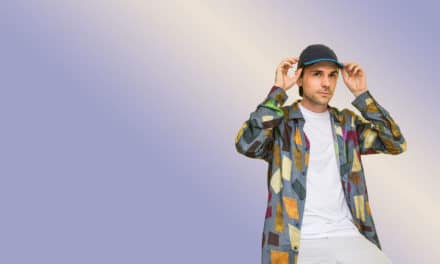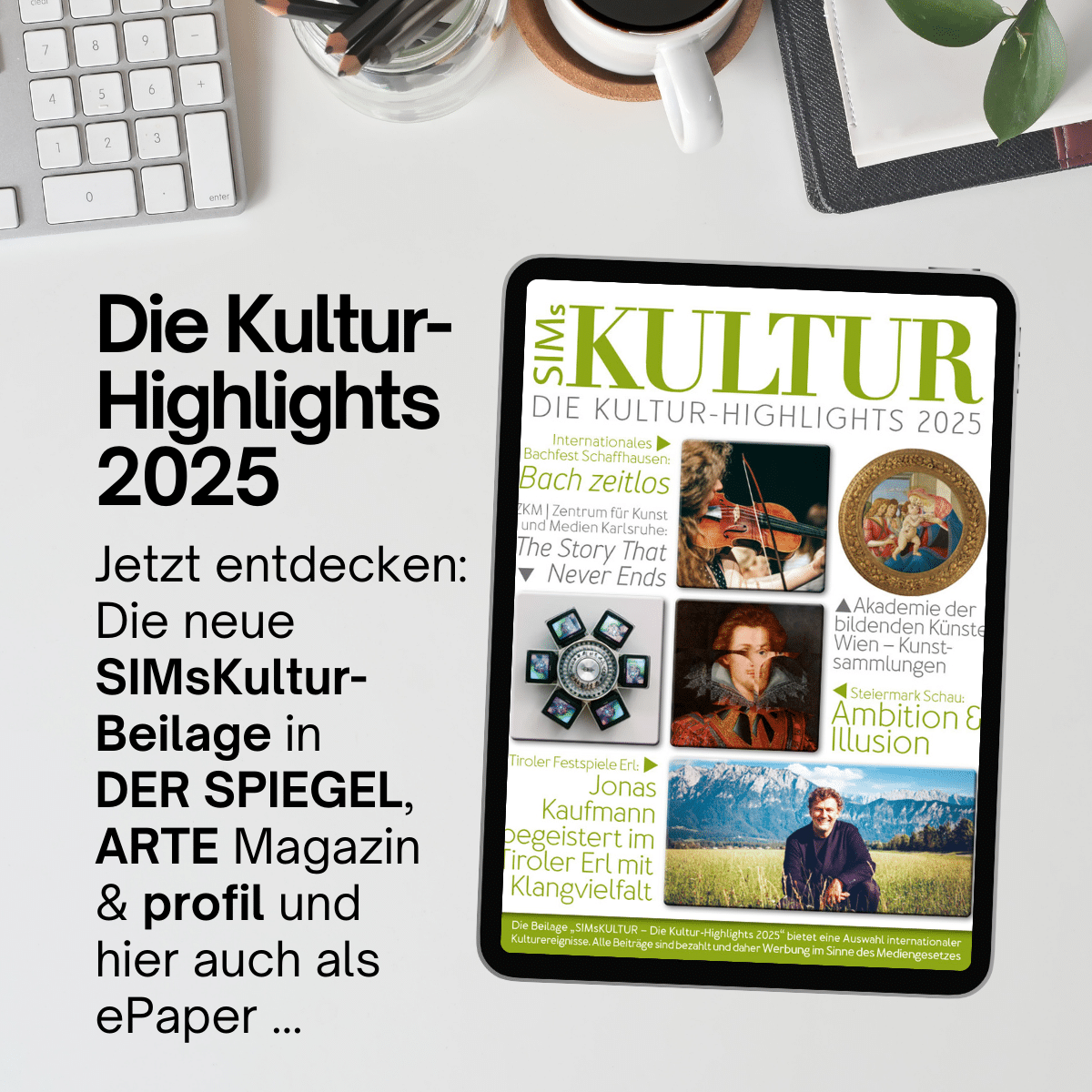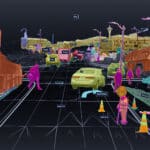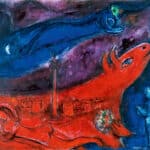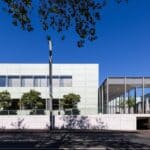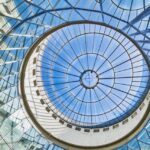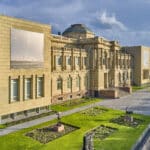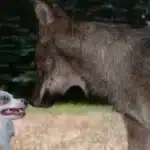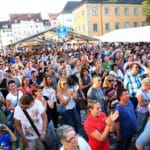The German Mining Museum Bochum - founded in 1930 - is one of eight research museums of the Leibniz Association. It researches, communicates and preserves the history of the extraction, processing and use of geo-resources across all eras. The research areas include: Archaeometallurgy, Mining History, Materials Science, Mining Archaeology as well as the Research Laboratory and the Mining History Documentation Center (montan.dok). Their research projects - often in cooperation with renowned university and non-university institutions as well as partners from culture and science - have (inter)national relevance and impact.
The German Mining Museum Bochum underwent a transformation between 2016 and 2019: the permanent exhibition was also redesigned during the museum's renovation. Four tours have been guiding visitors through the museum since summer 2019: coal, mining, mineral resources and art convey the breadth of the Leibniz Research Museum for Georesources. Over 3,000 exhibits - including objects from the Mining History Documentation Center of the German Mining Museum Bochum, loans and new exhibits - are presented in a new light for the four tours.
With the new exhibition, the German Mining Museum Bochum is taking up the challenge of presenting the content and results of its own research in an exciting, educational and informative way and appealing to the various target groups with different educational offers. Whether as an interactive game, multimedia education station, children's trail or hands-on exhibit - the content of the permanent exhibition should be communicated in a sustainable way. A team of curators worked together with exhibition designers and museum educators to develop content, communication and presentation formats for the thematic focal points of the new permanent exhibition: German coal, people and mining across epochs and sectors, georesources, art and culture. With the demonstration mine and the ropeway simulator, the insights into the many facets of mining at the German Mining Museum Bochum are also conveyed underground. On the 1.2 km long underground route network, visitors get an impression of everyday life underground and the technical-historical developments in (hard coal) mining. From the headframe of the former Germania colliery, the largest exhibit in the museum, the view extends far over the Ruhr area and the region shaped by the mining landscape.

